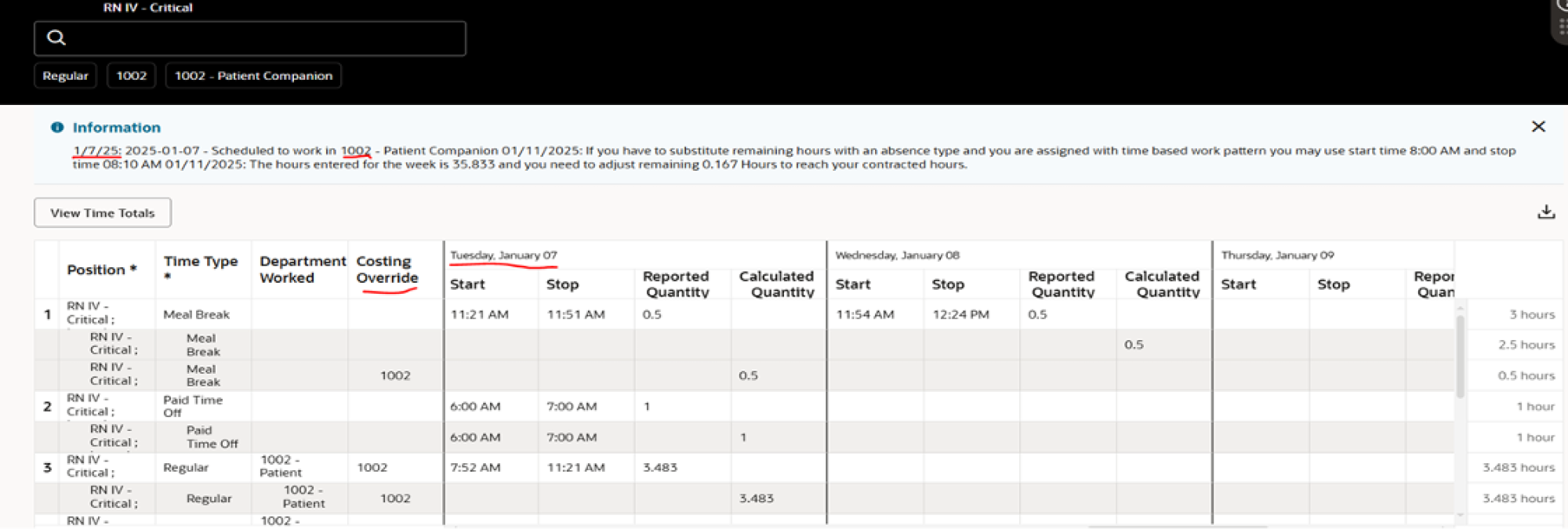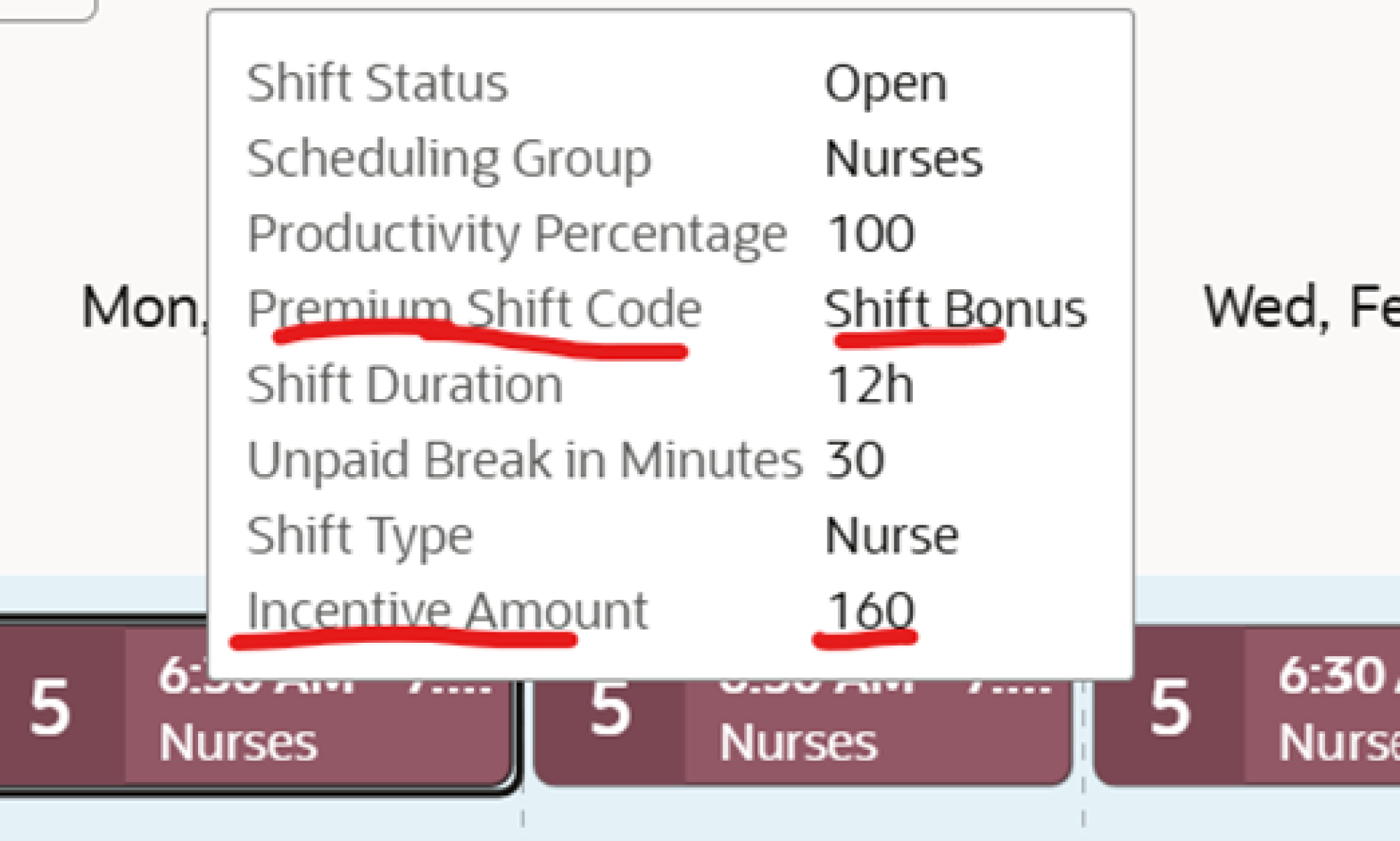Maintaining consistent staffing levels, especially among nurses and clinicians, can be a significant challenge for healthcare providers. Inefficient integration of scheduling applications for workload planning often exacerbates this issue. However, Oracle Workforce Scheduling can help, and the insights shared in this blog could be a gamechanger for your healthcare organization.
Key healthcare labor challenges include:
- Technology integration – Many scheduling systems lack seamless integration with EHRs and workforce planning tools, leading to inefficiencies and errors. Isolated systems cause data inconsistencies, scheduling delays, and misalignment between workforce availability and patient care needs. A fully integrated system ensures real-time data flow and reduces administrative burdens.
- Shift flexibility vs. stability – Healthcare workers seek flexible schedules, including shift trading and part-time work, but facilities need predictable workforce coverage. Balancing employee preferences with operational needs is key to preventing understaffing and ensuring compliance with contractual obligations.
- Sudden absenteeism – Unplanned sick leave or personal emergencies create staffing gaps that disrupt patient care. Organizations must maintain a pool of backup staff or implement smart scheduling solutions to reassign shifts based on availability and qualifications.
- Regulatory compliance – Strict labor laws regarding staffing ratios, overtime limits, and fatigue management make scheduling complex. Healthcare providers must ensure compliance with union agreements and labor laws to avoid penalties and increased costs.
- High turnover & burnout – The demanding nature of healthcare work leads to burnout and high turnover, increasing recruitment costs. Addressing these issues requires workload balancing, structured rest periods, and initiatives to improve staff well-being.
- Labor cost management – Organizations must balance staffing needs with budget constraints, ensuring efficiency without compromising patient care. Optimized workforce planning helps control overtime, manage shift differentials, and reduce unnecessary redundancies.
The solution: Oracle Advanced Workforce Scheduling
Oracle Advanced Workforce Scheduling, a feature within Oracle Fusion Cloud Human Capital Management (HCM), is designed to optimize workforce management by balancing business needs, compliance, and employee experience.
Oracle Advanced Workforce Scheduling, a feature within Oracle Fusion Cloud Human Capital Management (HCM), provides a comprehensive solution that balances staffing efficiency, compliance, and employee satisfaction.
With AI-driven scheduling, seamless system integration, and self-scheduling features, Oracle Workforce Scheduling enables healthcare providers to optimize workforce management.
Key features include:
- AI-powered dynamic scheduling – Automatically adjust schedules based on real-time workload fluctuations, staffing needs, and worker availability. This proactive scheduling reduces last-minute staffing gaps and ensures shifts are assigned based on actual demand, improving workforce efficiency and minimizing operational disruptions.
- Seamless system integration – Oracle’s open APIs integrate with EHRs, payroll, and absence management tools, ensuring real-time updates. This connectivity allows for accurate staffing projections, streamlined payroll processing, and better alignment between workforce planning and patient care needs.
- Self-scheduling & shift swapping – Empower employees to self-schedule, request shift coverage, and swap shifts to enhance job satisfaction. By giving staff control over their schedules, organizations can improve employee retention and engagement while maintaining essential coverage.
- Regulatory compliance management – Built-in rule sets ensure adherence to fatigue policies, seniority fairness, and scheduling predictability requirements. Automated compliance checks reduce administrative workload and ensure organizations meet legal and contractual obligations, reducing the risk of labor disputes or penalties.
- Real-time manager dashboards – Provide insights into labor demand, scheduling gaps, and workforce utilization to enable proactive workforce adjustments. With access to real-time data, managers can make informed staffing decisions that improve efficiency while preventing overstaffing or unnecessary overtime expenses.
- Cost optimization & workforce balancing – AI-driven tools help reduce overtime costs while maintaining adequate staffing levels. By optimizing shift assignments and automating workload balancing, organizations can control labor expenses while ensuring sufficient coverage during peak and off-peak hours.
By implementing Oracle Workforce Scheduling, healthcare organizations can enhance efficiency, reduce staff burnout, and ensure high-quality patient care.
Customer success story: Alithya’s implementation for a leading teaching hospital
Alithya helped a leading teaching hospital and medical center in Oklahoma successfully transform their scheduling needs using the Oracle Workforce Scheduling Solution. The implementation included the conversion of ADP schedules for three consecutive scheduling periods (four weeks each) to Oracle using APIs. Jobs were grouped by their scheduling needs so that appropriate shifts could be assigned or shown during self-scheduling. Shift type lookups were extended to distinguish regular, on call, and float shifts for respective scheduling groups. This approach helped the customer track the original shift type even if it was filled by a worker from a different scheduling group.
Open shifts were created based on workload for each department for each scheduling group, and shifts were auto assigned if there were workers available with matching days/times. Schedule data was made available to managers based on departments they had access to using area of responsibility.
Departments were set up to identify floating resources and appropriately assign float shifts for self-scheduling. The transfer feature was used to assign a regular shift of core departments to workers with float shifts on the same day, time, and scheduling group if core department workers were not available to pick up the shift.
The implementation also enabled swap shift and disabled drop shift and request for cover abilities in self-scheduling. Swap shift reasons were extended to support the business need, and approval flows for swap shift were configured as per customer requirements. A scheduling dashboard was built to help schedule managers view the entire schedule period of six weeks in one single view. The dashboard also helped schedule managers view all the departments they manage in a single view.
A custom agent was built to notify schedule managers of open shifts for the coming week:

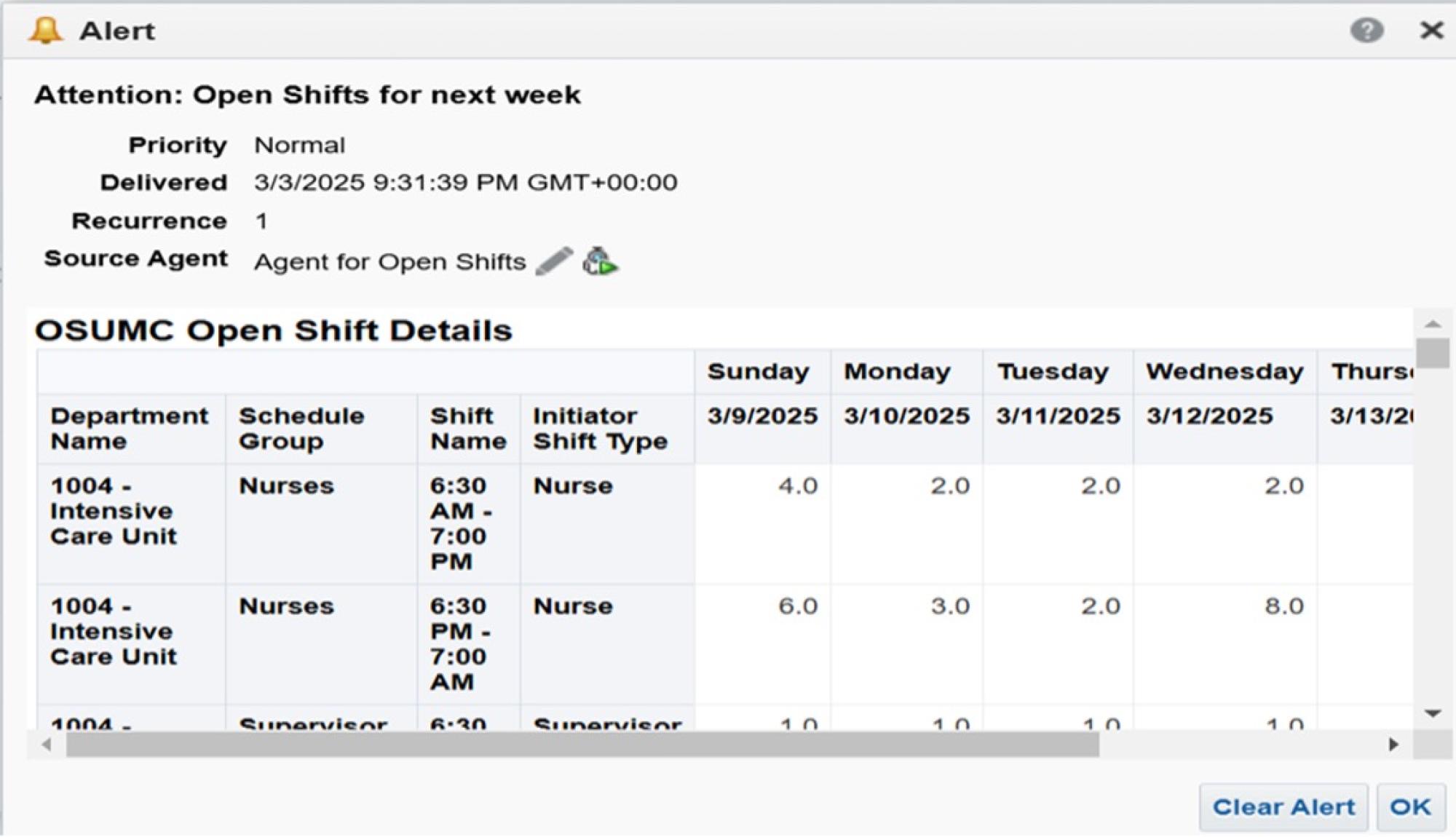
A custom solution was built to display scheduled departments' information in timecards and auto-generated costing overrides. Premium bonus codes were configured to allow schedule managers to select the type of bonus and amount for a shift while assigning the shifts to workers. Custom time rules were built to automatically generate bonus pay code and prorated bonus amount in the timecard for time worked within the shift timings that are eligible for premium bonus.
With Alithya’s expertise, the hospital successfully optimized its workforce scheduling, reducing last-minute staffing gaps, improving employee satisfaction, and enhancing overall efficiency in patient care delivery.
Implementing Oracle Workforce Scheduling with the expertise of an Oracle partner
Oracle Workforce Scheduling is a transformative tool that can revolutionize workforce management. By leveraging AI, ensuring compliance, and providing industry-specific solutions, it helps businesses optimize their labor force while enhancing the employee experience. Whether you’re in healthcare, manufacturing, retail, or any other industry, Oracle Workforce Scheduling offers the flexibility and functionality needed to address your unique workforce management challenges.
Considering implementing Oracle’s Workforce Scheduling module in your organization? Alithya, an Oracle Partner and early adopter, can assist with your implementation. Contact us today.
Oracle Workforce Scheduling in action
Dashboard example showing open extra shifts :
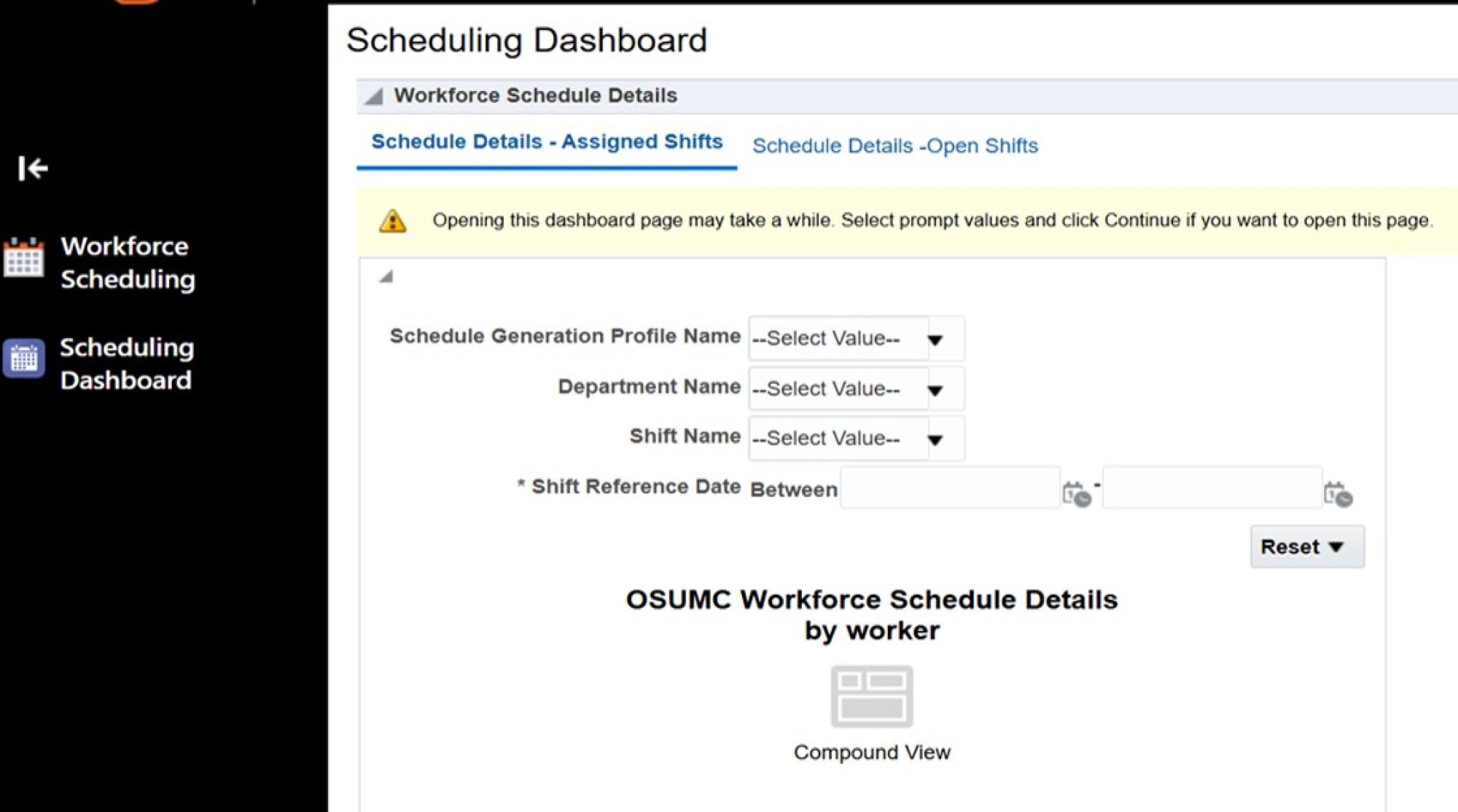
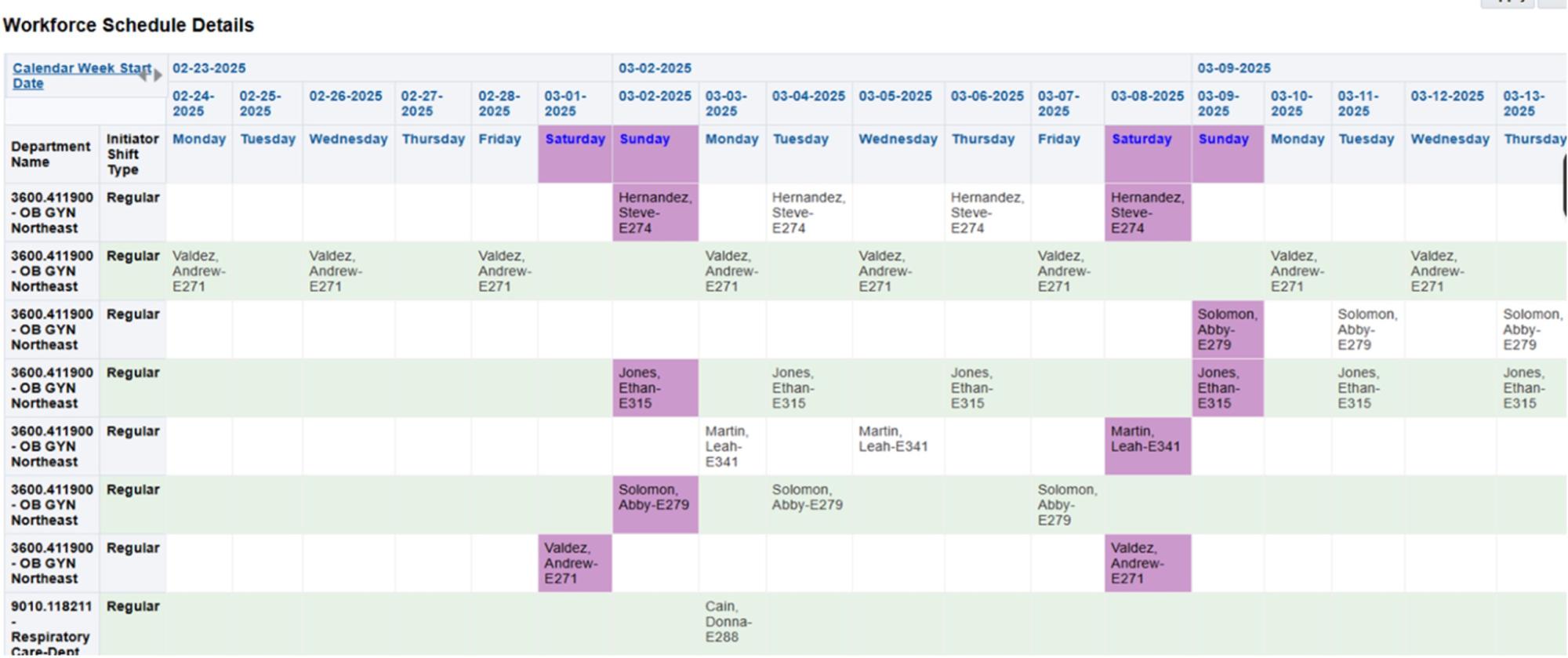

Example of a user flow to easily accept an available shift in the schedule :
